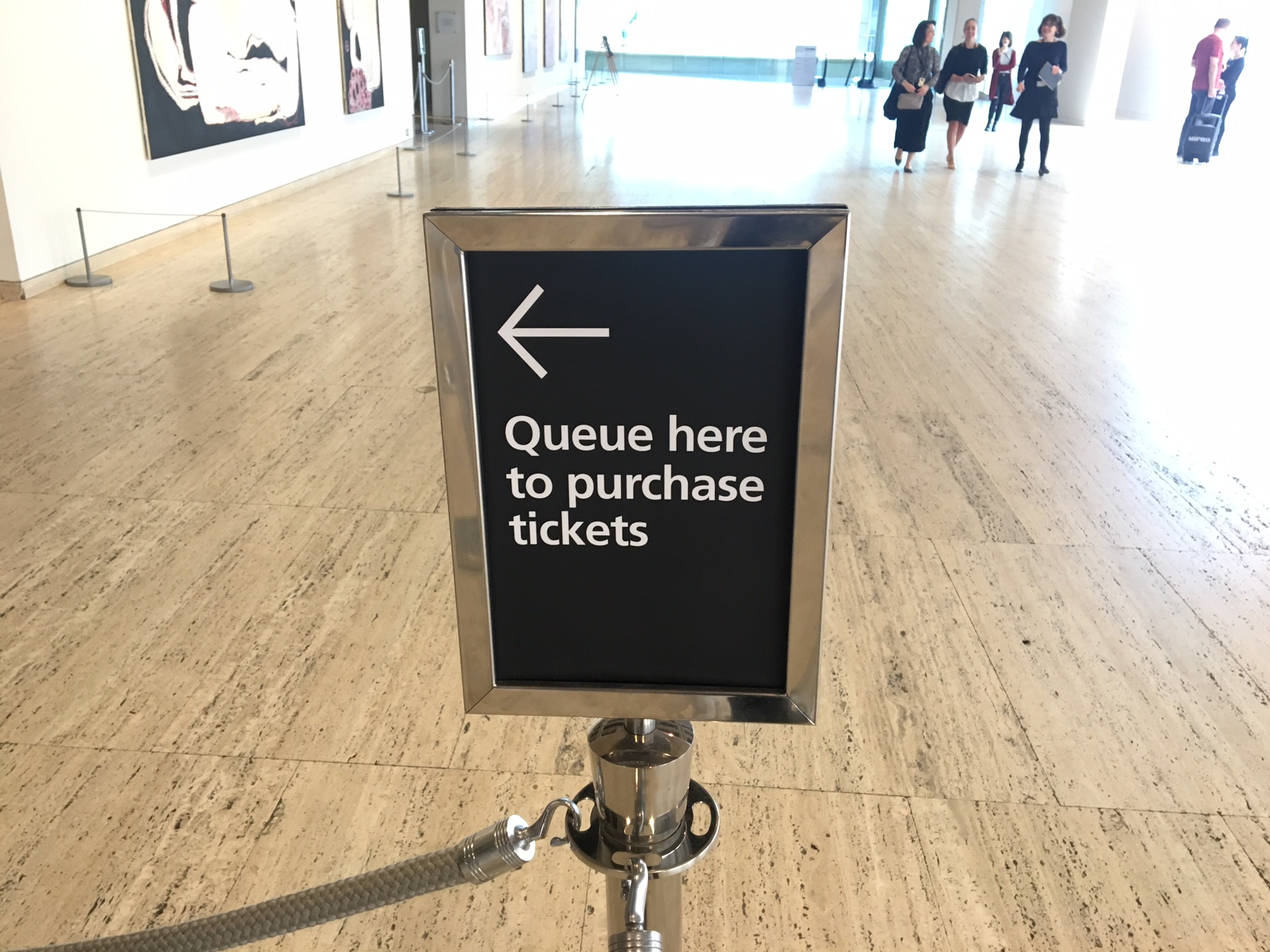Help! Where did all these dumb words come from?
So, no-one has problems any more – they only have ‘issues’. As far as I can recall, this is one of the earliest examples of a stupid word displacing a perfectly good one. Had the, er, issue ended there, we might have lived with it, albeit through gritted teeth. But what the hell has happened? We’ve become so prim and proper that our language is now peppered with soft-soap euphemisms that have replaced everyday functional words now inexplicably deemed vulgar or inappropriate.
If these words we’re now too prissy to use were actors, they’d be Clint Eastwood, Robert de Niro, Russell Crowe. Not pretty, guys you wouldn’t mess with, but they got the job done. You knew where you were with them. Then Russ went too far and threw a telephone at someone in a hotel, after which it was all about the likes of Jude Law, Owen Wilson, and Ryan Gosling. Less Gladiator, more La La Land.
And so it is with language, corporate and otherwise. It’s all gone soft. Seemingly, the world’s English speakers have mutated into sensitive souls liable to get upset if exposed to simple, expressive, single-syllable words. Brevity, second only to clarity as the principal aim of every communication, now risks being perceived as bluntness. This tendency is prevalent across many brands and is endemic among public institutions, as if they feel it is their duty to shield people from such rudeness. Or perhaps they fear that their customers will run for the hills if exposed to crude suggestions that they should queue to buy tickets, rather than ‘purchase’ them. Similarly, customers are offered ‘assistance’, rather than help; brands vow to ‘attempt’ to do better rather than simply to try; a problem – sorry, ‘issue’ – might be ‘large’, but never big; and everything ‘commences’, but nothing ever starts.

‘Mate, what the fuck are you on about?’
Inexplicably, this shunning of simple, directly expressive wording is common on the communication platform where it is least appropriate: in a company’s reply to an adverse comment on one of its social media pages. It is here that brands are supposed to engage in conversations with their customers, yet too many responses run something like: ‘Hi Stephanie. We’re sorry you had an unfortunate issue with the chainsaw you purchased from us recently. So we may assist you further, please…’ This isn’t a conversation. (Nor is this patronising corporate cut and paste much of an apology either.)
So what to do? For most everyday brands, perhaps a simple test might be applied before they send a piece of content live: to ask themselves whether they – or more importantly, their customers – would use the proposed wording in their everyday language. If the answer is ‘probably not’, it might be worthwhile running a euphemism detector over it first. An easy way to do that, as the time-honoured creative writing tenet suggests, is to read it aloud – and preferably with someone else doing the listening. If it sounds pompous, wordy and generally a bit up itself, it’s a good bet that customers will think the same.
But this can still be problematic. What do we really mean by ‘everyday language’? Can it be defined? Arguably, we could at least take it to mean the language that most of us actually use as we go about our daily lives, rather than namby-pamby euphemistic jargon or stiff, overly formal expressions more suited to a court report written in 1955. To refine the definition further, let’s suggest that it should mean the words and expressions most of us typically use in regular spoken English.

‘Love the hat. Where did you purchase it?’
So when did you last go out for a drink with friends and say: ‘Hmm, guess it’s my turn to purchase a round’? Or, later that same night, tell someone: ‘The restaurant kitchen caught fire during our entrée but all the patrons got out safely, including us’.
Or, returning to the actor analogy, would Clint Eastwood’s character in Dirty Harry have been so immortalised had the script required him to say, while pointing his .44 Magnum, ‘You’ve got to ask yourself one question: “Do I feel fortunate?” Well, do ya, punk?’
Language evolves along with the society it serves. This evolution benefits us most when language becomes more alive, more specific – when it improves clarity of communication rather than muddying it. Could it be that ironically, many corporate brands could give their written content an injection of freshness by going retro: by starting (er, rather than commencing) to dust off some of those handy little words that served the English speaking world so well for generations without ever offending anyone?
